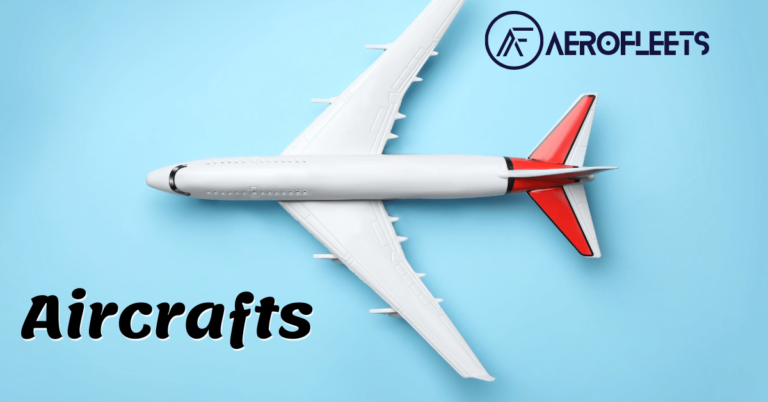The Boeing 737-100 had its first flight in 1967, becoming the first member of the world’s most successful commercial jet family. It was the beginning of a new era in aviation, and Boeing has been leading the way in innovation ever since. In this article, we look at the story behind the iconic 737-100 and the incredible impact it has had on the industry.
A Bold New Beginning
When the Boeing 737-100 made its first flight in April 1967, it marked the start of a new era in aviation. Up until that point, the largest commercial aircraft in operation had been the Boeing 707, and the 737 was the first commercial aircraft to be designed for short-range, high-frequency flights. This revolutionary design allowed airlines to operate more efficiently, with shorter turnaround times and more routes.
In addition, the 737-100 was the first aircraft to feature the now-iconic T-tail, which has become a symbol of Boeing’s innovation. The T-tail helps to reduce the amount of drag created by the aircraft, making it more fuel-efficient. Thanks to this design, the 737-100 was able to fly further, faster and at higher altitudes than its predecessors.
The 737 also featured a ‘fly-by-wire’ control system, which allowed the aircraft to be flown with a single joystick. This made it easier and safer to operate, and helped pilots to respond quickly to changing conditions.
The Original Boeing 737-100 Takes Flight!
The first 737-100 took off from Renton Field in Seattle, Washington on April 9th, 1967. It was flown by test pilots Brien Wygle and Lew Wallick, and was the first of many 737s to be tested in the skies over the US. The aircraft was put through its paces as the pilots tested its systems and capabilities.
The 737-100 went on to be certified by the FAA in December 1967, and the first commercial flight took off in February 1968. Over the next few years, the 737-100 became a staple of the commercial aviation industry as it began to revolutionize the way airlines operated.
The 737-100 was also popular with airlines due to its cost-effectiveness. It used less fuel than other aircraft of similar size, and its short-range design allowed it to be used for short-haul flights. This meant that airlines could get more flights out of their aircraft, reducing the cost per flight and increasing profits.
The Boeing 737-100 was a game changer for the aviation industry, and its impact is still felt today. The design of the 737-100 has been continuously refined over the past five decades, leading to the modern 737 MAX series. Thanks to the bold vision of the designers and engineers who created the 737-100, the world of aviation has been transformed and continues to evolve.




